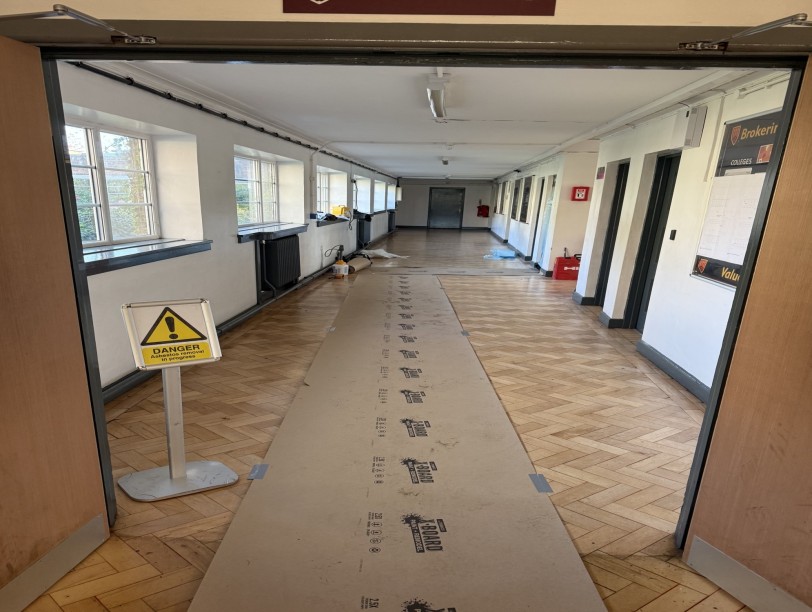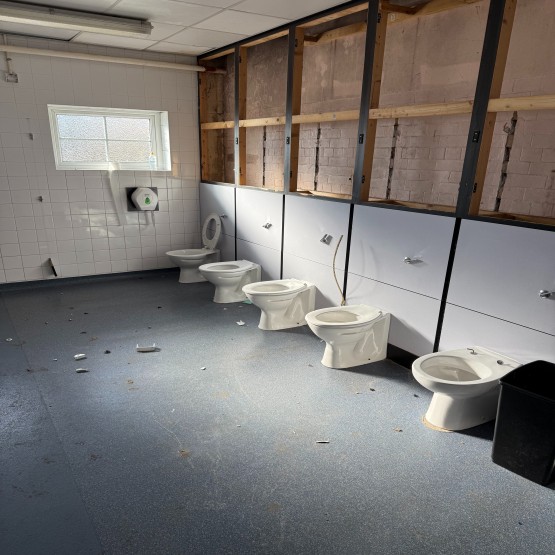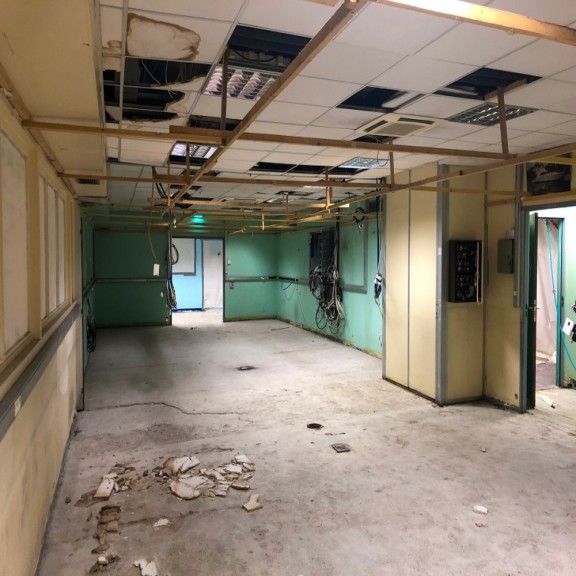
Asbestos in Schools
The safety of pupils, teachers, and staff is the top priority for every educational institution. Yet across the UK, many school buildings still contain asbestos, a hazardous material once widely used in construction. If disturbed, asbestos can release microscopic fibres into the air, posing serious long-term health risks.
Managing asbestos in schools is not only a safety concern — it’s a legal responsibility. Under the Control of Asbestos Regulations 2012, every school must have a clear management plan in place to identify, monitor, and, when necessary, remove asbestos safely. Working with licensed specialists such as DACT Contractors ensures compliance, protects your community, and prevents costly disruptions.


Get In Touch Today

What Is Asbestos?
Asbestos is a naturally occurring mineral once praised for its durability, fire resistance, and insulation properties. It was used in thousands of building products, from ceiling tiles and pipe lagging to wall insulation and floor adhesives.
While useful in the past, asbestos is now known to be highly dangerous. When disturbed, asbestos materials release fine fibres that can be inhaled, leading to serious diseases such as mesothelioma, lung cancer, and asbestosis.
It’s important to understand that asbestos in schools that remains in good condition and undisturbed often poses minimal risk — problems arise when materials are damaged or disrupted during maintenance, repair, or refurbishment.
Where Is Asbestos Found in Schools?
In schools built before 2000, asbestos-containing materials (ACMs) may be present in various areas, including:
Ceiling tiles and textured coatings
Pipe lagging and insulation
Floor tiles and adhesives
Boiler rooms and plant rooms
Partition walls and sprayed coatings
Asbestos is not always visible. It may be hidden within structural materials or confined to hard-to-reach spaces. This is why professional asbestos surveys are vital to confirm the presence of asbestos in school buildings and assess its condition accurately.


Government Guidance on Managing Asbestos in Schools
The Control of Asbestos Regulations 2012 sets out strict requirements for asbestos management in schools. These include:
Having a current asbestos management plan.
Conducting regular surveys and risk assessments.
Managing asbestos in situ where safe, or arranging licensed removal if necessary.
Ensuring all removal work is completed by accredited contractors.
By following government guidance and working with qualified experts, schools can significantly reduce asbestos risks and maintain compliance with national regulations.

When Is Asbestos Removal in Schools Necessary?
Although asbestos can sometimes be safely managed in place, full asbestos removal in schools may be required when:
Materials are damaged, deteriorating, or likely to be disturbed.
Refurbishment or demolition work is planned.
A risk assessment identifies potential fibre release.
Every situation must be evaluated by trained professionals who can determine whether asbestos should be managed or removed entirely.
What to Do If You Suspect Asbestos in Your School
If you believe your school may contain asbestos, never attempt to investigate or remove it yourself. The safest approach is to contact licensed asbestos removal contractors who can carry out an asbestos survey, arrange testing, and recommend the most appropriate management or removal plan.
DACT Contractors provide professional asbestos surveys, management, and removal for schools across the North West and beyond. Our fully licensed team ensures compliance, safety, and minimal disruption to your operations.
Contact DACT Contractors today to discuss asbestos management or to book an asbestos survey for your school.









